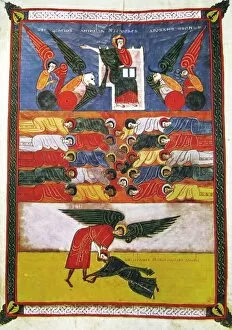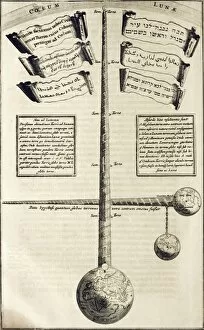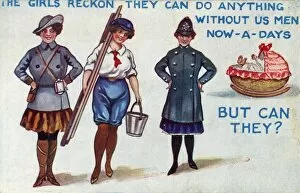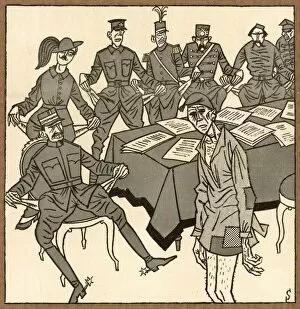Commentary Collection (#10)
"Commentary: Unveiling the Layers of Interpretation" In the realm of art, literature, and history
For sale as Licensed Images
Choose your image, Select your licence and Download the media
"Commentary: Unveiling the Layers of Interpretation" In the realm of art, literature, and history, commentary serves as a gateway to understanding the multifaceted nature of human expression. Just like "The Orangerie - or - The Dutch Cupid reposing after the fatigues of Planting, 1796, " where every brushstroke tells a story waiting to be deciphered. Similarly, in "Moralia in Job (Fragments), " we find fragments of wisdom that provoke contemplation on life's trials and tribulations. Delving deeper into knowledge, "St Jerome's Commentary on the Prophet Amos (Fragment)" offers insights into religious texts while his "Epistles of St Jerome (Fragment)" provide glimpses into personal thoughts and experiences. These biblical commentaries shed light on ancient scriptures' meanings that continue to shape our beliefs today. Beyond theological discourse lies philosophy – an arena explored through snippets such as a "Philosophical Text (Fragment). " Within these fragmented musings lie profound ideas that challenge conventional thinking and inspire intellectual growth. But commentary isn't limited to words alone; it extends its reach even further. A cartoon illustrating Victorian enthusiasm for natural history showcases how visual representations can convey social trends and interests with humor and charm. In contrast, another cartoon titled "Poisoning by Food Adulteration" exposes darker aspects lurking beneath society's surface – urging us to question our consumption habits. However, not all commentaries revolve around serious subjects; some touch upon lighter themes like betting fever. Repetition emphasizes society's obsession with gambling as seen in multiple mentions: " (Betting fever), (Betting fever), (Betting fever). " These references remind us how societal fixations can consume individuals' lives while also serving as mirrors reflecting collective desires or vices. In essence, commentary acts as a bridge between creators' intentions and audiences' interpretations across various domains – from art to literature, religion to philosophy.
















